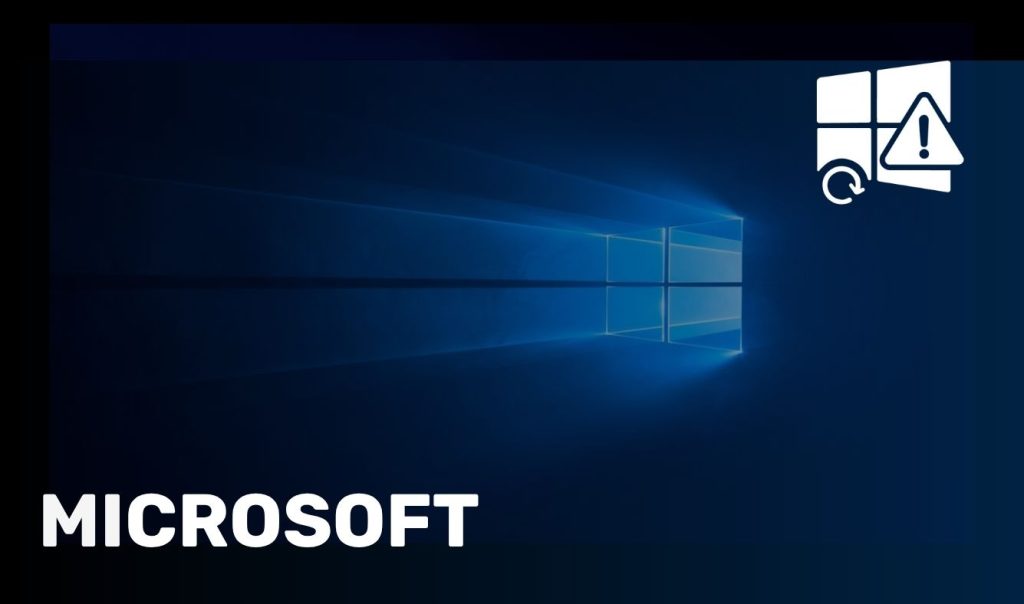Building a secure network requires more than relying on a single tool. Intrusion Detection Systems (IDS), Intrusion Prevention Systems (IPS), and Firewalls are essential elements in modern security architectures. Each plays a unique role—some prevent attacks, others detect suspicious activity, and some control the flow of traffic—but together, they create a layered defense strategy.
In this guide, Creative Networks breaks down the purpose of IPS, IDS, and firewalls, explore how they function, and highlight their similarities and differences to help you understand when and how to use each effectively.

What is an IDS (Intrusion Detection System)?
An Intrusion Detection System (IDS) is a monitoring system that detects suspicious or malicious activity within a network or system. It is passive in nature, meaning it identifies and logs potential threats but doesn’t take direct action to block them.
Types of IDS:
- Network-based IDS (NIDS): Monitors traffic across an entire network.
- Host-based IDS (HIDS): Monitors activity on specific devices or systems.
Role of IDS:
- Threat Detection: Identifies malicious activities, including attacks like DDoS, port scanning, or malware infections.
- Alerting: Sends alerts to administrators for further investigation.
- Forensic Analysis: Logs suspicious activities to support incident response.
What is an IPS (Intrusion Prevention System)?
An Intrusion Prevention System (IPS) is similar to an IDS but goes a step further by actively blocking malicious activities. It sits in-line with network traffic, analyzing packets in real-time and preventing attacks before they can affect the network.
Types of IPS:
- Network-based IPS (NIPS): Protects the entire network by examining incoming traffic.
- Host-based IPS (HIPS): Monitors and protects individual devices from threats.
Role of IPS:
- Threat Prevention: Identifies and blocks suspicious activities.
- In-line Protection: Acts immediately to block harmful traffic or attacks.
- Policy Enforcement: Enforces security policies to prevent unauthorized access.
What is a Firewall?
A firewall is a network security device that monitors and controls incoming and outgoing traffic based on predetermined security rules. It acts as the first line of defense by filtering data packets and either allowing or blocking them based on rulesets.
Types of Firewalls:
- Packet Filtering Firewall: Examines packets based on source/destination IP addresses and ports.
- Stateful Inspection Firewall: Tracks the state of active connections and determines which packets are allowed based on context.
- Next-Generation Firewall (NGFW): Combines traditional firewall capabilities with advanced features like deep packet inspection and threat intelligence.
Role of a Firewall:
- Perimeter Security: Blocks unauthorized access to the network.
- Policy Enforcement: Applies access control policies.
- Traffic Filtering: Only allows legitimate data flows between internal and external networks.
Similarities Between IPS, IDS, and Firewalls
While IPS, IDS, and firewalls have distinct functions, they share several common traits that make them essential components of a secure network:
Network Security and Threat Prevention
All three enhance security by protecting against unauthorized access and malicious activities, contributing to a layered defense strategy.Traffic Monitoring and Analysis
They monitor and analyze network traffic to detect patterns, identify anomalies, and ensure only safe data flows through.Policy-Based Security Enforcement
Each tool enforces predefined security policies, helping control access, detect threats, or block malicious actions.Complementary Roles in Security Architecture
They work together—firewalls block, IDS detects, and IPS blocks attacks in real-time—providing defense at multiple levels.Logging and Reporting
All three systems generate logs and alerts, giving IT teams visibility into threats and enabling effective incident response.
These shared capabilities highlight how IPS, IDS, and firewalls contribute to a robust cybersecurity framework when used together.
Key Differences Between IPS, IDS, and Firewalls

How IPS, IDS, and Firewalls Work Together
To build a robust cybersecurity framework, it’s essential to integrate firewalls, IDS, and IPS. Here’s how they complement each other:
- Firewall at the Perimeter:
The firewall serves as the first line of defense, blocking unauthorized access and filtering known malicious IP addresses. It ensures that only legitimate traffic reaches your internal network. - IDS for Deep Monitoring:
Once traffic passes through the firewall, the IDS monitors the network for signs of suspicious behavior, such as unusual login attempts or malicious scripts. It alerts the security team for further investigation if anomalies are detected. - IPS for Real-Time Threat Prevention:
The IPS works in-line with network traffic to block threats that the firewall may have missed. It takes immediate action to stop attacks, such as DDoS attempts or malware infections, ensuring that malicious activities do not disrupt operations.
Together, these tools create layers of security—the firewall blocks known threats, the IDS identifies hidden risks, and the IPS prevents real-time attacks. This integrated approach offers comprehensive protection from a wide range of threats.
When to Use a Firewall, IDS, or IPS
Each tool plays a unique role in securing your network. Here’s when to rely on each:
Firewall
- Control Access: Block unauthorized traffic and set rules for specific applications.
- Perimeter Defense: Protect your network from external threats.
IDS (Intrusion Detection System)
- Monitor Activity: Detect suspicious behavior without blocking traffic.
- Forensic Analysis: Log events for incident investigation and insights.
IPS (Intrusion Prevention System)
- Real-Time Blocking: Stop attacks like DDoS or malware instantly.
- Proactive Protection: Prevent unauthorized access and mitigate threats as they occur.
In practice, these tools are most effective when used together. Firewalls control access, IDS monitors for hidden threats, and IPS actively blocks attacks—creating a multi-layered defense to secure your network from a variety of cyber threats.
Choosing the Right Security Tools for Your Network
Effective cybersecurity requires multiple layers of protection, and IPS, IDS, and firewalls each play a vital role. Firewalls control the flow of traffic at the network’s edge, IDS tools monitor for suspicious behavior, and IPS systems provide active, real-time threat prevention. Together, they create a robust defense strategy that ensures your network stays secure against a wide range of cyber threats.
For businesses looking to build a comprehensive cybersecurity framework, integrating all three tools is essential. While each tool performs a distinct function, their combined capabilities provide the depth needed to protect against both known and emerging threats.
Contact Creative Networks Today
Looking to enhance your network security with the right tools? At Creative Networks, we offer expert guidance and solutions tailored to your business needs. Whether it’s implementing firewalls, setting up IDS and IPS systems, or building a multi-layered defense strategy, our team is here to help.
Protect your business from cyber threats—Contact Us Today to get started!




